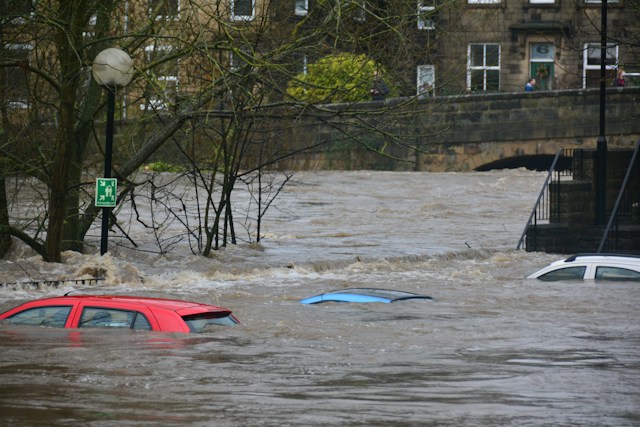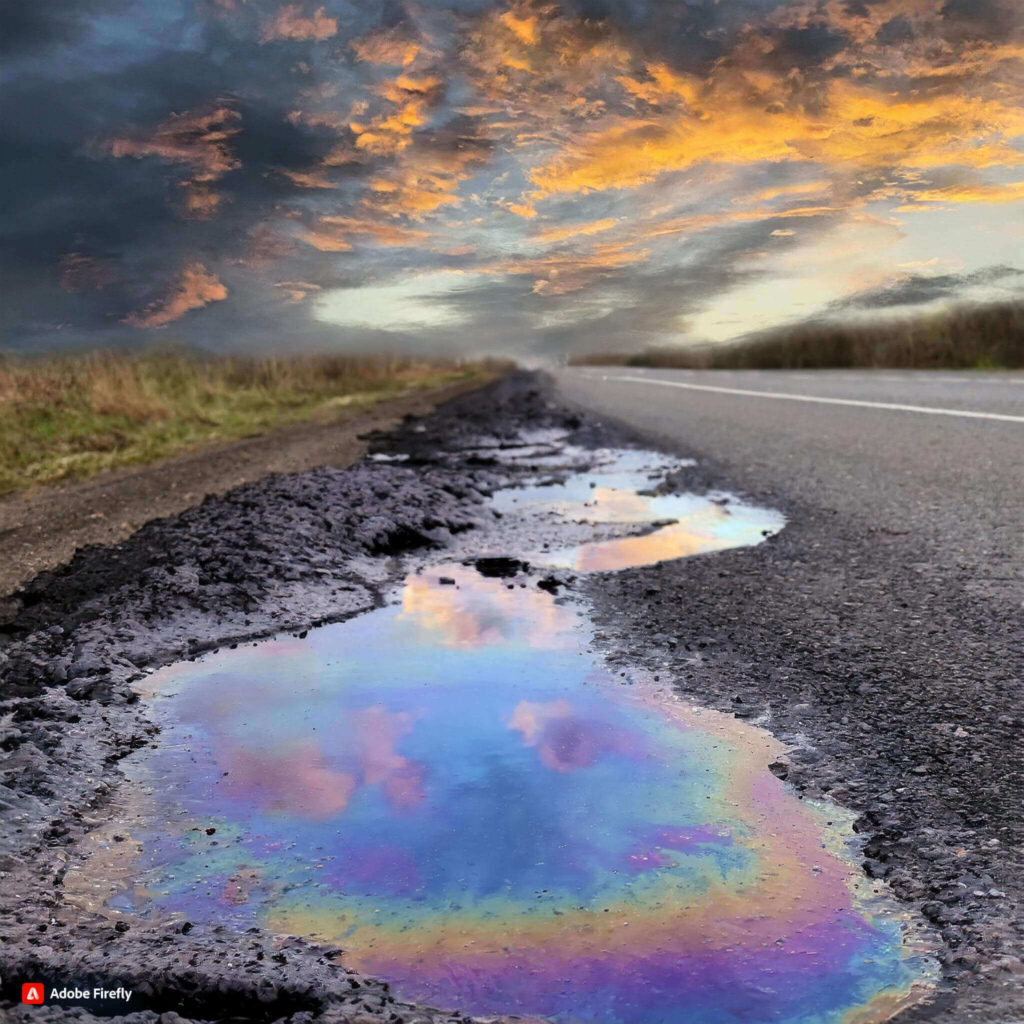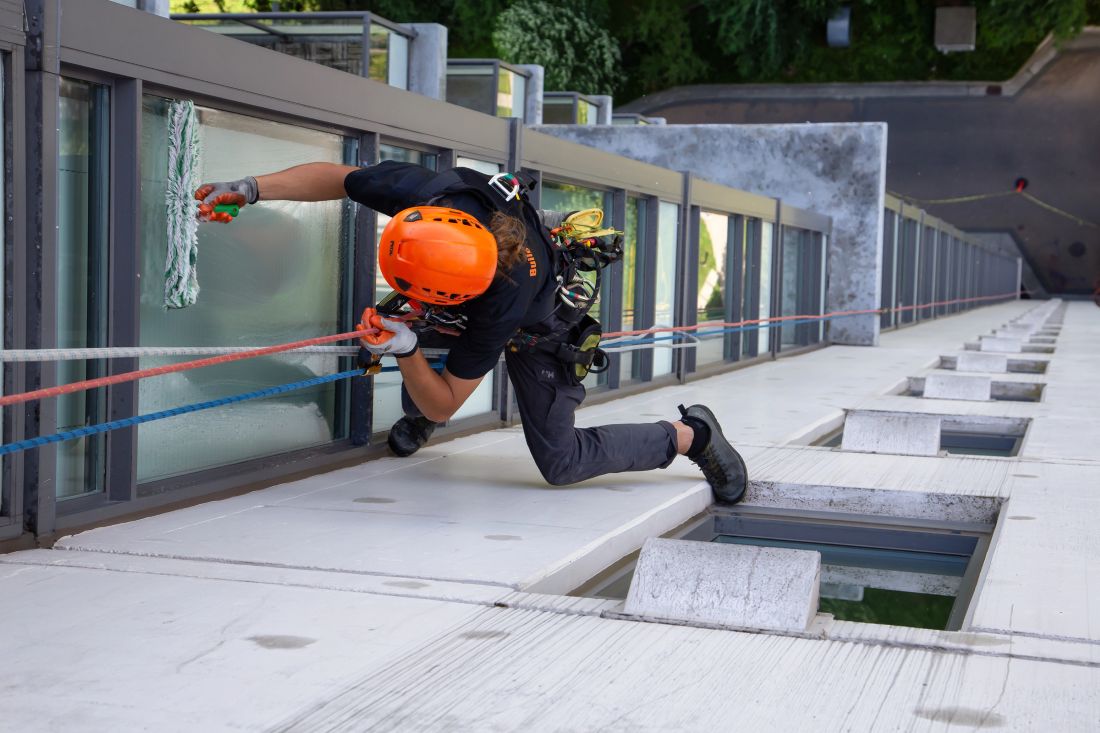In the intricate dance of chaos and order, emergency services emerge as the choreographers of safety and guardians of community well-being. Beyond the stereotypical imagery of sirens and flashing lights, these dedicated professionals orchestrate a symphony of responses to a diverse array of challenges. This exploration goes beyond the surface, delving into the depths of their roles – from medical emergencies to natural disasters, criminal activities to traffic incidents. Each facet unravels a narrative of commitment, expertise, and adaptability, showcasing the indispensable role emergency services play in the resilience of our communities.
Medical Emergencies:
In the realm of medical emergencies, paramedics are not just first responders; they are skilled healthcare providers. Beyond immediate care, they administer life-saving medications, employ advanced airway management techniques, and seamlessly transition patients to medical facilities. Their role extends to community health education, empowering individuals with life-support skills and preventive measures.
Fire:
Firefighters, often seen battling flames, are meticulous planners and educators. Pre-fire planning involves not only extinguishing fires but also understanding building layouts for efficient rescues. Their community education programs instil fire safety practices, creating a proactive approach to prevent incidents and promote a fire-resilient community.

Natural Disasters:
The scope of emergency services in natural disasters extends beyond immediate response. Search and rescue operations are intricate endeavors, involving meticulous planning and execution. Immediate medical care is followed by long-term recovery efforts, highlighting the adaptability and resilience of these services in the face of dynamic challenges. Civil defence is also good as they will provide updates through each major natural disaster.
Criminal Activities:
Law enforcement agencies transcend crime scenes, actively engaging in community outreach and crime prevention. Specialized units bring a focused approach to emerging threats, employing intelligence-led initiatives and proactive policing to create a safer environment.
Traffic Accidents:
The aftermath of traffic incidents unfolds a synchronized response from paramedics, firefighters, and police. Paramedics deliver critical medical care, firefighters employ advanced tools for safe extrication, and police investigations contribute to data-driven road safety measures, reflecting a holistic strategy for safer roads.
Gas Leaks:
Swift responses to gas leaks involve advanced technology to assess and mitigate dangers. Public awareness campaigns encourage vigilance, emphasizing the significance of reporting potential threats. Emergency services thus play a proactive role in preventing and mitigating potential disasters stemming from gas-related incidents.

Severe Weather Events:
Specialized teams respond dynamically to severe weather events, offering more than immediate relief. They provide timely warnings, coordinate evacuations, and conduct post-event analyses to enhance preparedness. The adaptability of emergency services shines through in their response to unpredictable weather patterns.
Suspicious Packages or Substances:
Meticulous approaches of bomb squads and hazardous materials teams to suspicious packages involve not just defusing immediate threats but educating the public on vigilance. Public awareness campaigns become a shield against potential dangers, emphasizing the importance of a community’s role in public safety.
Search and Rescue:
Search and rescue teams operate with precision and efficiency, employing cutting-edge technology for optimal outcomes. Their expertise spans diverse environments, showcasing the dedication and training required to navigate and rescue individuals in complex scenarios, whether in natural disasters or urban settings.
Electrical Emergencies:
Emergency services responding to electrical emergencies prioritize safety. Identification and isolation of issues, collaboration with utility services, and public awareness campaigns contribute to prompt resolution and prevention of future incidents, making communities more resilient to electrical emergencies.
Structural Collapse:
Urban search and rescue teams, responding to structural collapses, undergo extensive training. Their approach involves not only extricating individuals but also assessing structural stability. The safety of victims and rescuers is paramount, showcasing the calculated and strategic nature of their operations in the face of complex scenarios.
Water Emergencies:
Specialized water rescue teams address water emergencies with a range of tools and techniques. Collaboration with meteorological services enhances predictive capabilities, allowing for proactive measures to mitigate the impact of floods and other water-related incidents. Their adaptability shines through in their response to dynamic and challenging aquatic environments.

Chemical Spills or Hazardous Materials:
Hazmat teams responding to chemical spills are equipped with specialized gear and knowledge. Their work involves not just containment but also decontamination and cleanup. Public education initiatives stress the importance of chemical safety, contributing to a safer environment and preparedness for potential hazardous material incidents.
Domestic Violence or Threats:
Law enforcement’s response to domestic violence extends beyond immediate interventions. Victim advocacy and collaboration with social workers form a comprehensive approach. Public awareness campaigns seek to reduce stigma and encourage reporting, fostering a community that actively supports those affected and works towards violence prevention.
Suicidal Threats or Attempts:
Emergency services responding to suicidal incidents prioritize compassionate care. Crisis intervention teams work collaboratively with mental health professionals to provide immediate support. Community education programs focus on mental health awareness, emphasizing the interconnected roles of emergency services and mental health organizations in supporting those in crisis. If you need help please call 0800 543 354 or contact lifeline
Animal Attacks:
Emergency services responding to animal attacks employ techniques to ensure the safety of victims. Collaboration with animal control agencies and public awareness campaigns emphasize responsible pet ownership, creating a harmonious balance between communities and their animal inhabitants. The adaptability of their response reflects the varied nature of potential threats.
Public Health Emergencies:
In public health emergencies, emergency services play a critical role in executing mass vaccination campaigns, deploying mobile medical units, and providing public health education. Their proactive stance extends to managing resources and supporting vulnerable populations, demonstrating adaptability in evolving health crises, as seen in their response to pandemics and infectious diseases.
Aircraft or Train Accidents:
Emergency services respond to aviation or rail incidents with a comprehensive approach. Coordination with aviation authorities and transportation agencies contributes to enhanced safety protocols. Investigations into incidents provide valuable insights for preventing future accidents, showcasing their role in ensuring the safety of air and rail travel.
Explosions:
Emergency services responding to explosions focus on immediate care, scene stabilization, and coordination with federal agencies and bomb squads. Public awareness campaigns emphasize vigilance, reporting suspicious activities, and understanding evacuation procedures, fostering a community prepared for unforeseen events. Their adaptability in handling dynamic and high-stakes situations is evident in their response to explosions and potential acts of terrorism.
In the grand tapestry of community safety, emergency services stand as both architects and protectors. Their roles extend beyond immediate response, weaving a
narrative of resilience, dedication, and adaptability. From the immediate response to medical emergencies to the intricate planning of hazmat teams and search and rescue operations, their impact is profound. As we reflect on their unwavering commitment, let us acknowledge and appreciate the intricate dance they perform daily – a dance that ensures the safety, well-being, and resilience of our communities. In the face of uncertainty, emergency services stand tall, reminding us that, collectively, we can weather any storm and emerge stronger.

